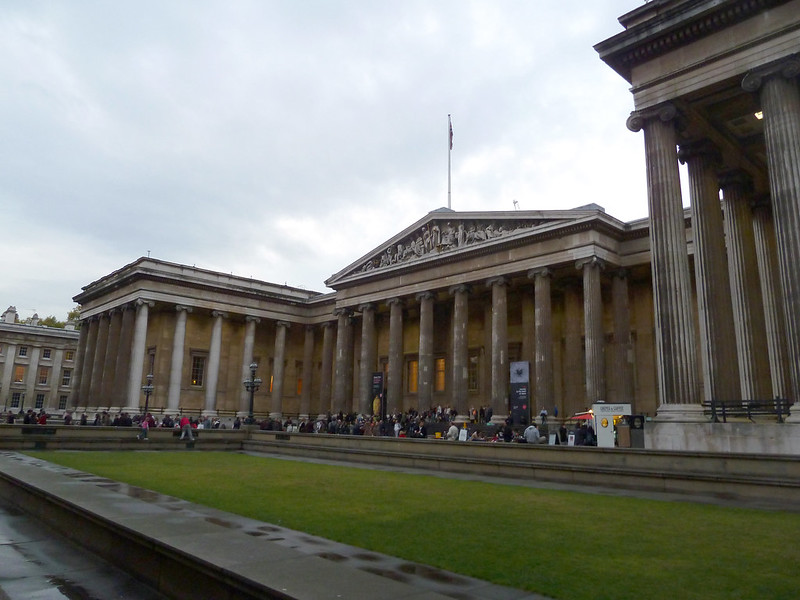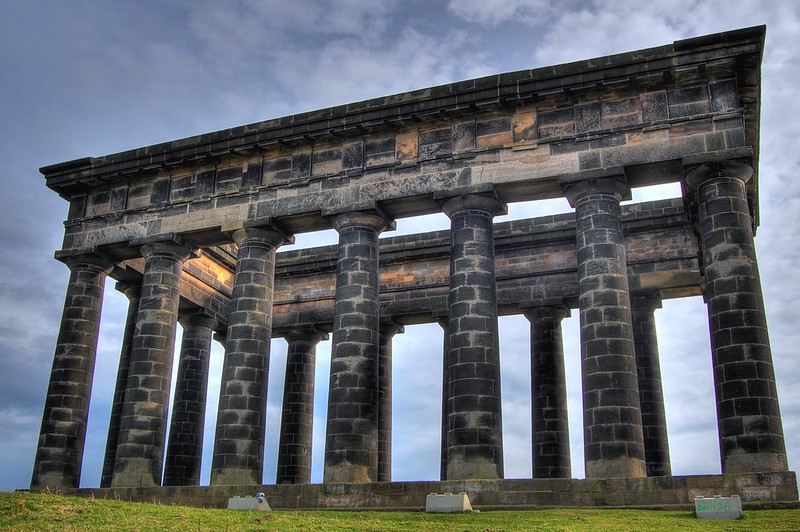Whether you are looking for some activities for your next staycation, or simply hoping to explore the UK a little more, one unique way to dive into history is by visiting ancient Greek inspired monuments dotted around the country. Here are just a couple of such monuments that are an absolute must-see on your travels.
British Museum, London

“The British Museum” (CC BY-SA 2.0) by openexhibits
Over the years, ancient Greek culture has inspired a wide range of media, from films to TV shows, and even online casino games. This influence has seen such a popularity in recent years that many platforms boast casino bonuses and offers to new players to enjoy free spins and bonuses on bingo and slot games like Rise of Gods, Medusa Gems, and Age of the Gods, to name a few. However, perhaps the most long-standing interest in ancient Greece is its architecture, known as the Greek Revival style, which rose to popularity in Europe around 1750.
One of the most impressive Greek Revival buildings in the UK is, of course, the home of the British Museum right here in London. When the original 17th-century French-style mansion became too small to house the growing collection of artifacts in 1821, architect Sir Robert Smirke was appointed to design the new British Museum.
Perhaps the most impressive architectural element is the south façade, which is built from brick and Portland stone to mimic the marble and limestone used by the ancient Greeks. The façade consists of 44 Ionic-style columns, each with volutes carved atop to look like scrolls, which makes up an imposing colonnade. The inspiration for this is said to be taken from ancient Greek buildings documented in Athens and Priene from around 500-300 BC. The British Museum hosts a 40-minute self-directed object trail that allows you to explore this Greek Revival architecture up close.
Penshaw Monument, Sunderland

“Penshaw Monument HDR” (CC BY-SA 2.0) by _The Real McCoy
The North East of England is full of treasures where you least expect them, and one of the best examples of this is Penshaw Monument. Located on the cusp of County Durham and Tyne and Wear, between Washington and Houghton-le-Spring, in the village of Penshaw, lies a to-scale half sized replica of the Temple of Hephaestus in Athens. The monument was commissioned to commemorate the first Earl of Durham, John Lambton, hence its official name of ‘Earl of Durham’s Monument’ and was built between 1844 to 1845. The Doric-style temple seems to have been purposely left unfinished to mirror the roofless ruins of its inspiration, which, in comparison, was built around 415 BC.
Penshaw Monument was designed by architect father and son, John and Benjamin Green, and constructed by local builder Thomas Pratt using hundreds of tonnes of gritstone from the Marquess of Londonderry’s quarry in nearby Seaham. The monument stands at 30m long by 16m wide, with a succession of 2m wide columns jutting out of the top of Penshaw Hill. Unlike the intricacy of the British Museum’s columns, Penshaw Monument’s columns are quite simple (yet effective), with just circular capitals and square cushioning at the top, in keeping with the more simplistic Doric style that it emanates.
The monument – now a Grade I listed building – was gifted to the National Trust in 1939, who have looked after the area ever since. Tours of the monument are available by appointment only, and the surrounding countryside can be explored from dawn until dusk every day.

